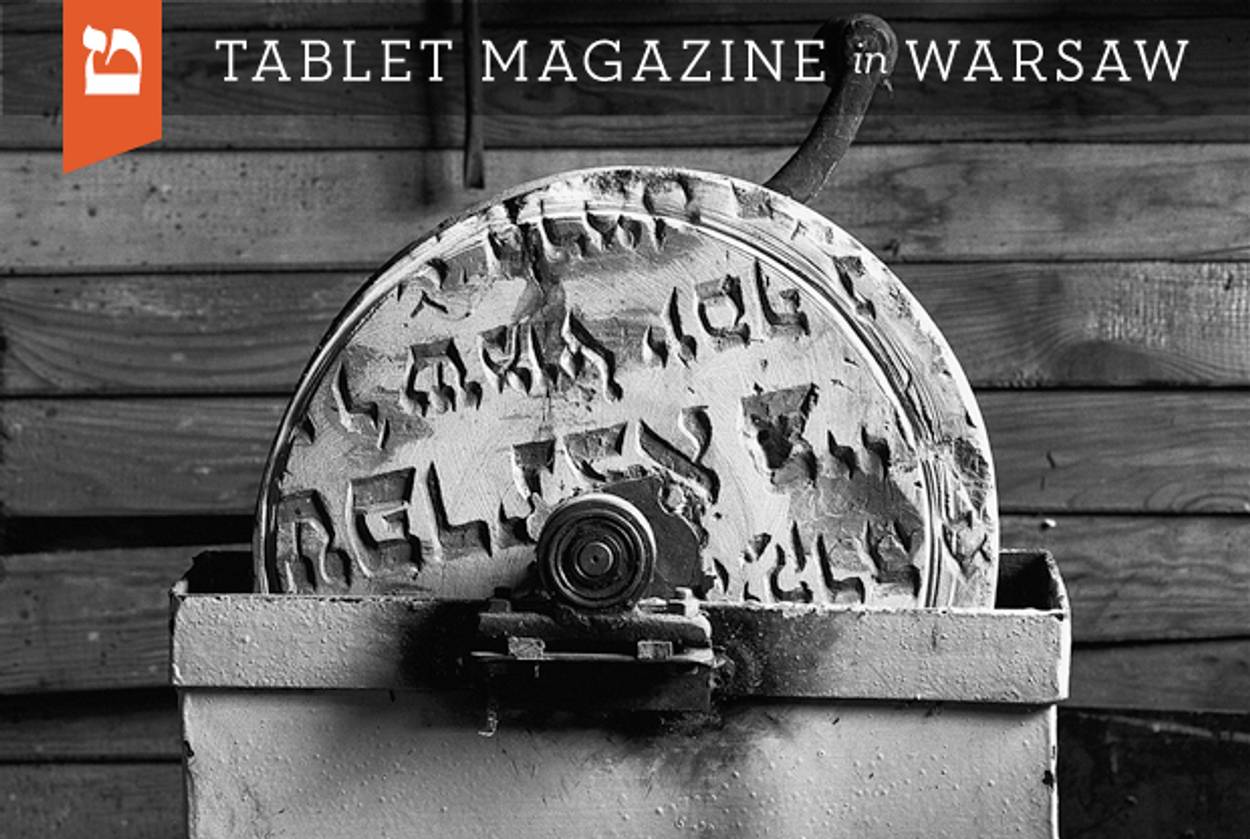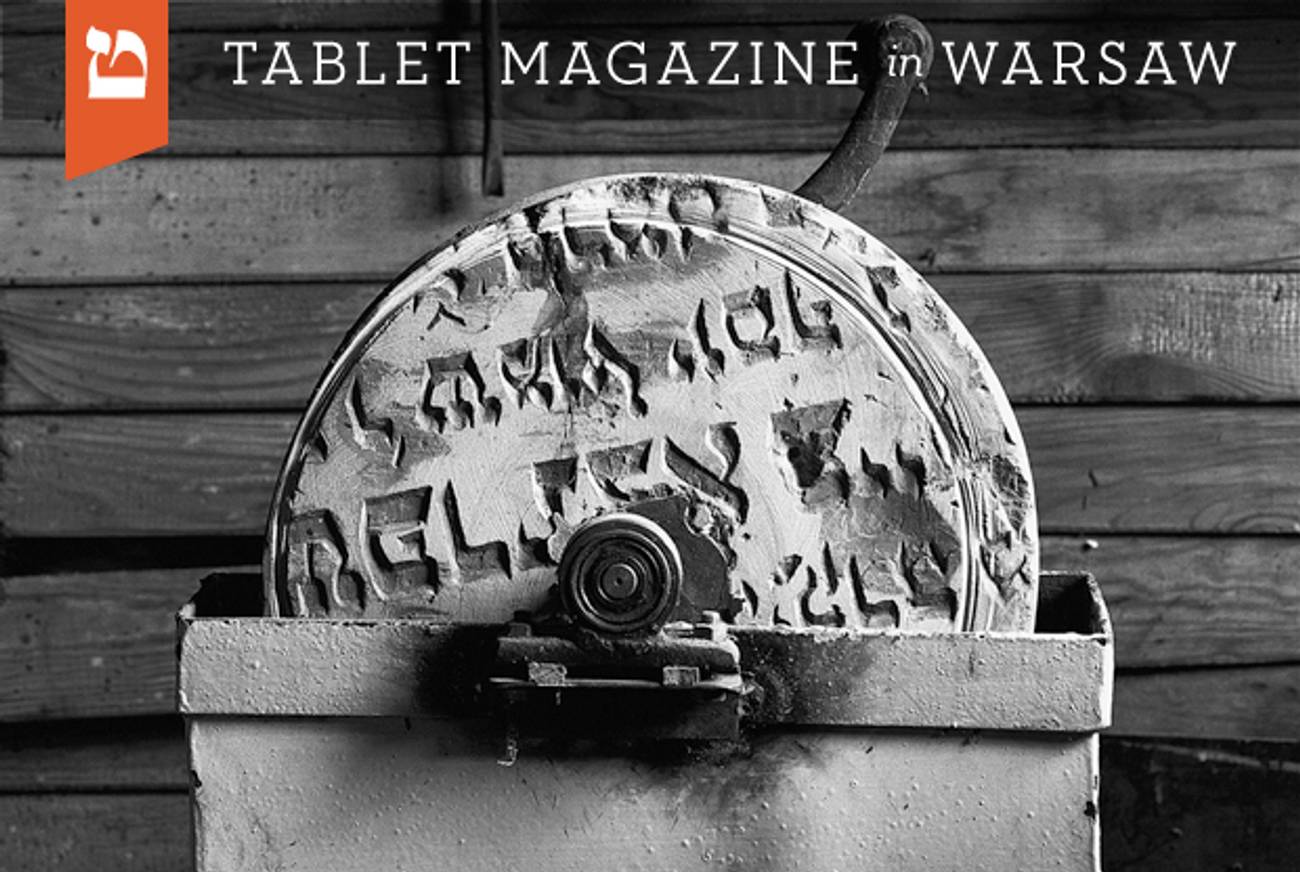Poland’s Undead Gravestones
Photographer Łukasz Baksik hunts repurposed matzevot, burial markers turned cornerstones and cobbles




Between 2008 and 2012, photographer Łukasz Baksik—itinerant documentarian and questing typologist—traversed his native Poland, painstakingly documenting the ways in which Jewish gravestones, or matzevot, had been looted and appropriated, both in rural villages and cities, since the 1940s. “Quarried” from cemeteries during World War II (by the Nazis), the decades that followed (by Poles), and even up until the present day, matzevot had been and continue to be used in any instance in which ordinary stone might normally, mundanely, and practically suffice.
The matzevot Baksik photographed had been repurposed (a tricky verb in this context) as paving stones for courtyards and passageways, or else to patch crumbling walls and curbstones in need of reinforcement. They had been shaped into querns and grindstones; had been used to construct a cowshed, a pergola in a city park, a sandbox for children; had ended up as “recyclable” tablets for new Catholic gravestones—the Jewish gravestone was simply carved into again, like a palimpsest—and as a path for monks who, Baksik relates, “had become used to walking on a paved path, and not through the mud.”
Baksik’s previously exhibited archive of quotidian profanation has now been edited and published in a bilingual edition under the title Matzevot for Everyday Use (Czarne, 2012). Sequential black-and-white photographs survey the banal abasement of the looted gravestones, reduced from markers of consecrated soil and chroniclers of lives lived to merely “useful” accumulations of sedimented mineral.
S. Lawrence is the pseudonym of a writer based in Poland. His identity is protected here against the scrutiny of the current right-wing authoritarian government of Poland.